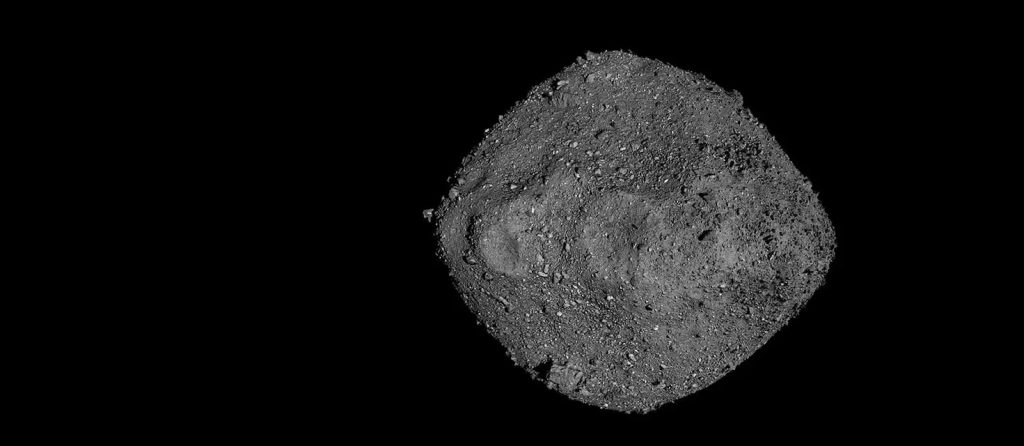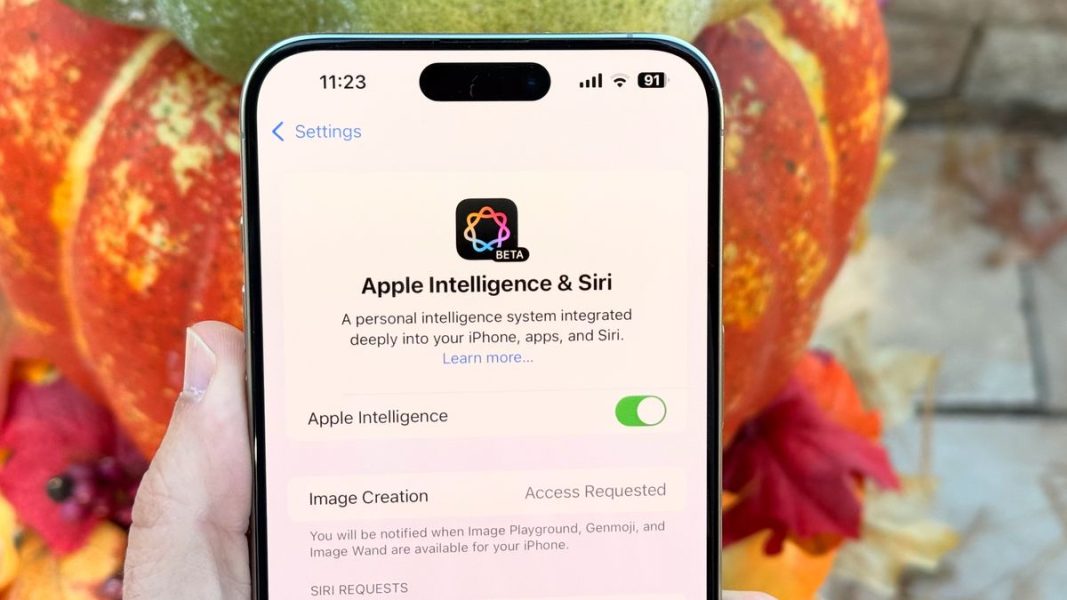Scientists find building blocks of life in OSIRIS-REx samples, discover potentially dangerous asteroid – NASASpaceflight.com

January 27, 2025January 26, 2025January 22, 2025January 21, 2025January 22, 2025January 6, 2025December 31, 2024December 31, 2024January 21, 2025December 31, 2024December 31, 2024December 27, 2024January 27, 2025December 31, 2024December 30, 2024December 23, 2024January 27, 2025January 14, 2025January 13, 2025December 31, 2024December 31, 2024December 27, 2024December 23, 2024December 6, 2024January 31, 2025January 26, 2025January 21, 2025January 15, 2025January 31, 2025January 21, 2025January 5, 2025December 31, 2024May 18, 2024December 3, 2023April 26, 2023March 28, 2023January 15, 2025December 4, 2024September 12, 2024August 13, 2024January 27, 2025January 26, 2025January 22, 2025January 21, 2025January 22, 2025January 6, 2025December 31, 2024December 31, 2024January 21, 2025December 31, 2024December 31, 2024December 27, 2024January 27, 2025December 31, 2024December 30, 2024December 23, 2024January 27, 2025January 14, 2025January 13, 2025December 31, 2024December 31, 2024December 27, 2024December 23, 2024December 6, 2024January 31, 2025January 26, 2025January 21, 2025January 15, 2025January 31, 2025January 21, 2025January 5, 2025December 31, 2024May 18, 2024December 3, 2023April 26, 2023March 28, 2023January 15, 2025December 4, 2024September 12, 2024August 13, 2024January 27, 2025January 26, 2025January 22, 2025January 21, 2025January 22, 2025January 6, 2025December 31, 2024December 31, 2024January 21, 2025December 31, 2024December 31, 2024December 27, 2024January 27, 2025December 31, 2024December 30, 2024December 23, 2024January 27, 2025January 14, 2025January 13, 2025December 31, 2024December 31, 2024December 27, 2024December 23, 2024December 6, 2024January 31, 2025January 26, 2025January 21, 2025January 15, 2025January 31, 2025January 21, 2025January 5, 2025December 31, 2024May 18, 2024December 3, 2023April 26, 2023March 28, 2023January 15, 2025December 4, 2024September 12, 2024August 13, 2024Scientists from NASA’s OSIRIS-REx asteroid sample return mission recently delivered remarkable findings about asteroid 101955 Bennu after the mission returned its samples to Earth in 2023. While scientists revealed the OSIRIS-REx findings this week, a newly discovered asteroid reached level three on the 10-point Torino space impactor hazard scale, the second highest rating given to an object since the scale was introduced in the 1990s.The OSIRIS-REx spacecraft, launched in 2016, arrived at Bennu in late 2018 and started orbiting the asteroid, which was thought to be a remnant of the solar system’s formation. OSIRIS-REx found that Bennu’s surface was far rougher than thought, and mission controllers spent years finding a spot on Bennu’s where the spacecraft could quickly touchdown and gather samples.Finally, on Oct. 20, 2020, OSIRIS-REx used its sampling device to gather 120 grams of regolith from the surface of Bennu, nearly sinking into the surface in the process due to Bennu’s loose “rubble pile” composition. OSIRIS-REx collected more than double the amount of surface material, as the targeted sample size was 60 g. The spacecraft left Bennu for Earth on May 10, 2021.The OSIRIS-REx sample return capsule slung under a helicopter during transport to the hangar at Dugway Proving Ground. (Credit: Justin Davenport for NSF)On Sept. 24, 2023, the OSIRIS-REx sample return capsule touched down safely in the Utah desert at Dugway Proving Ground, bringing back the 120 grams of Bennu’s soil and subsoil to waiting scientists. While 70% of the sample material remains untouched for future scientific study, recently published studies in the Nature and Nature Astronomy journals feature the analysis of the other 30% and explain that the samples contain building blocks necessary for life.OSIRIS-REx samples provide insight into early Solar SystemOSIRIS-REx was never designed to search for life, and the discoveries outlined in the paper do not prove extraterrestrial life. However, they do show that the early Solar System — including the parent body from the outer Solar System that Bennu broke off from — had plentiful organic “building blocks” that would allow life to develop.Of the 20 amino acids in proteins made by life on Earth to form proteins, 14 have been found in the specimens taken from Bennu and studied. In addition, evidence of briny salt that can fuel chemical reactions needed for life was also noted in the samples, indicating the presence of water. This image is an energy dispersive spectrometry map of an unprepared grain of asteroid Bennu. Phosphorous is shown in green, calcium in red, iron in yellow and magnesium in blue. (Credit: Natural History Museum/London/Tobias Salge)Scientists found traces of 11 minerals, including halite, sylvite, and calcite, formed through the evaporation of water containing dissolved salts. Bennu is just the latest body in the Solar System to show evidence of sodium carbonate and brines, joining Enceladus and Ceres.Life on Earth uses five nucleobases to store and transmit genetic instructions in RNA and DNA, including instructions on how to arrange amino acids like the ones discovered in the Bennu sample into proteins. Additionally, the Bennu samples contain large quantities of ammonia and formaldehyde, which can form amino acids under the right conditions.These amino acids can then link up in long chains, forming proteins that power almost every biological function living beings need. In addition, trona, a sodium carbonate, was found — the first time the mineral was found within a non-Earth surface sample. The samples from Bennu also seem to be richer in volatiles than samples taken from the asteroid Ryugu by the Japanese Hayabusa2 probe.Many amino acids come in two mirror image versions, dubbed “left” and “right.” (Credit: NASA Goddard/OSIRIS-REx)One key finding announced was related to the chirality, or “handedness,” of the amino acid molecules in the samples. On Earth, the chirality of molecules in life is typically “left-handed” in amino acids and “right-handed” in sugars. It had been expected that the samples would have similar “handedness” as left-handed molecules have been commonly found in meteorites. However, the amino acid samples from Bennu show an even distribution between left and right-handed molecules instead of the expected left-handed dominance in amino acids. The cause of the dominant “left-handedness” in amino acids for life on Earth is still a mystery. Although building blocks of life have been found in meteorites, the findings noted in the Bennu samples are notable in that the samples are pristine and untouched by Earth’s atmosphere and environmental conditions. Meteorites are altered by the heat of reentry and exposed to Earth’s surface conditions, and even when stored in seemingly good conditions, they can react with air and water in ways that can degrade any evidence of organics the meteorite might hold.OSIRIS-REx was designed to keep the samples pure and untouched by Earth, with procedures to inject the sample return capsule with nitrogen as soon as possible after its landing. Furthermore, a mobile clean room was built to keep the capsule in a pristine environment during transport from Dugway to Houston. The protocols for keeping the samples in a pristine environment were successful, enabling researchers to study them with confidence that their results would reflect conditions from the early Solar System. Scientists used various techniques to study the samples extensively, using methods and tools they could not use aboard a mass-limited spacecraft like a rover or lander.The samples from Bennu support the notion that asteroids provided Earth with the ingredients of life through repeated impacts. Sample retrievals from future missions to other small bodies can put Bennu’s results in context and help to answer why life formed on Earth but not on other bodies with these ingredients.Hydrated sodium carbonate needles in a sample from Bennu. The needles are highlighted in purple. (Credit: Rob Wardell/Tim McCoy/Smithsonian Institution; colorization: Heather Roper/University of Arizona)Asteroid 2024 YR4’s alarming futureThe Bennu sample results were not the only asteroid discovery announced this week. Asteroid 2024 YR4 was discovered last month, just days before the calendar year ended. The asteroid was found to have around a one percent chance of hitting Earth on Dec. 22, 2032, with a possible impact path on a line stretching from the eastern Pacific Ocean near Colombia to India.After 2024 YR4 passed the one percent chance threshold, the International Asteroid Warning Network sent out a “Potential Impact Warning” on Jan. 29, stating that the asteroid would cause severe blast damage if it hit Earth. Damage could occur as far as 50 km from the impact site.2024 YR4, discovered by the Asteroid Terrestrial-impact Last Alert System (ATLAS) on Dec. 27, 2024, is currently estimated to be between 40 to 100 m in diameter and is an Apollo Earth-crossing near-Earth asteroid. Spectroscopic measurements suggest that 2024 YR4 is an S-type (iron and magnesium-silicates) or L-type (low-iron chondrites) stony asteroid.The asteroid made a close pass of Earth two days before it was discovered. The Dec. 25 Christmas Day pass saw 2024 YR4 come within 828,800 km of our planet, and a “precovery” observation of the asteroid taken on the day of closest approach was found after the initial discovery.Observations from 2016 onward were searched, but nothing has been found showing 2024 YR4, so some trajectories showing a distant flyby of Earth in 2032 were ruled out. Multiple instruments have observed the asteroid since its discovery, but 2024 YR4 is currently moving away from Earth and will become too distant to observe by even the largest telescopes by April.The asteroid is expected to return to visibility in mid-2028, and it could take until then to completely rule out any impact on Earth. As of Jan. 30, 2025, the odds of this asteroid hitting Earth are 1 in 77, and it is now rated three out of 10 on the Torino Scale. The highest rating an asteroid ever achieved on the Torino Scale happened in 2004 when asteroid 99942 Apophis reached a rating of four before further observations eliminated an impact on Earth in 2029.The Torino scale of impact hazards. (Credit: NASA)2024 Y4’s rating stems from its ability to cause an explosion of up to eight megatons of TNT if it were to hit Earth, based on current estimates of its mass, density, and diameter. 2024 YR4 is currently thought to be around the size of the impactor that created Meteor Crater in Arizona, which is 1,200 m in diameter and 170 m deep.The Torino Scale describes 2024 Y4’s rating as “A close encounter, meriting attention by astronomers. Current calculations give a 1% or greater chance of collision capable of localized destruction. Most likely, new telescopic observations will lead to re-assignment to Level 0. Attention by public and by public officials is merited if the encounter is less than a decade away.”Estimates of the hazard to Earth also depend on the available datasets, and Palomar Observatory data from 2016 is being reviewed. According to astronomer Sam Deen, including specific pre-discovery data would raise the risk of an impact to around three or six percent. If the risk rises above 10 percent, the Space Mission Planning Advisory Group will begin to study space mission options for deflecting the asteroid.Image of debris falling from the asteroid moon Dimorphos after it was impacted by DART. Taken by the Hubble Space Telescope in December 2022. (Credit: NASA, ESA, and David Jewitt/UCLA)Asteroid Bennu, approximately 500 m across, also has a slight chance of impacting Earth in the distant future. Bennu, designated a Potentially Hazardous Asteroid due to its size and Earth-crossing orbit, has a 1-in-1,750 chance of hitting Earth on Sept. 24, 2182. Neither 2024 YR4 nor Bennu are near the size of the Chicxulub impactor asteroid that killed the dinosaurs 66 million years ago, but they could still cause severe damage and casualties. Fortunately, humanity now has techniques to deflect these asteroids, as demonstrated during NASA’s Double Asteroid Redirection Test (DART) mission in 2022. However, the exact collision threat these asteroids pose remains uncertain, and more observations in the coming years will inform what needs to be done.(Lead image: Bennu as imaged by OSIRIS-REx. Credit: NASA/Goddard/University of Arizona)©2005-2023 – NASASpaceflight.comJanuary 27, 2025January 26, 2025January 22, 2025January 21, 2025January 22, 2025January 6, 2025December 31, 2024December 31, 2024January 21, 2025December 31, 2024December 31, 2024December 27, 2024January 27, 2025December 31, 2024December 30, 2024December 23, 2024January 27, 2025January 14, 2025January 13, 2025December 31, 2024December 31, 2024December 27, 2024December 23, 2024December 6, 2024January 31, 2025January 26, 2025January 21, 2025January 15, 2025January 31, 2025January 21, 2025January 5, 2025December 31, 2024May 18, 2024December 3, 2023April 26, 2023March 28, 2023January 15, 2025December 4, 2024September 12, 2024August 13, 2024
Source: https://www.nasaspaceflight.com/2025/01/bennu-samples-2024y4/






